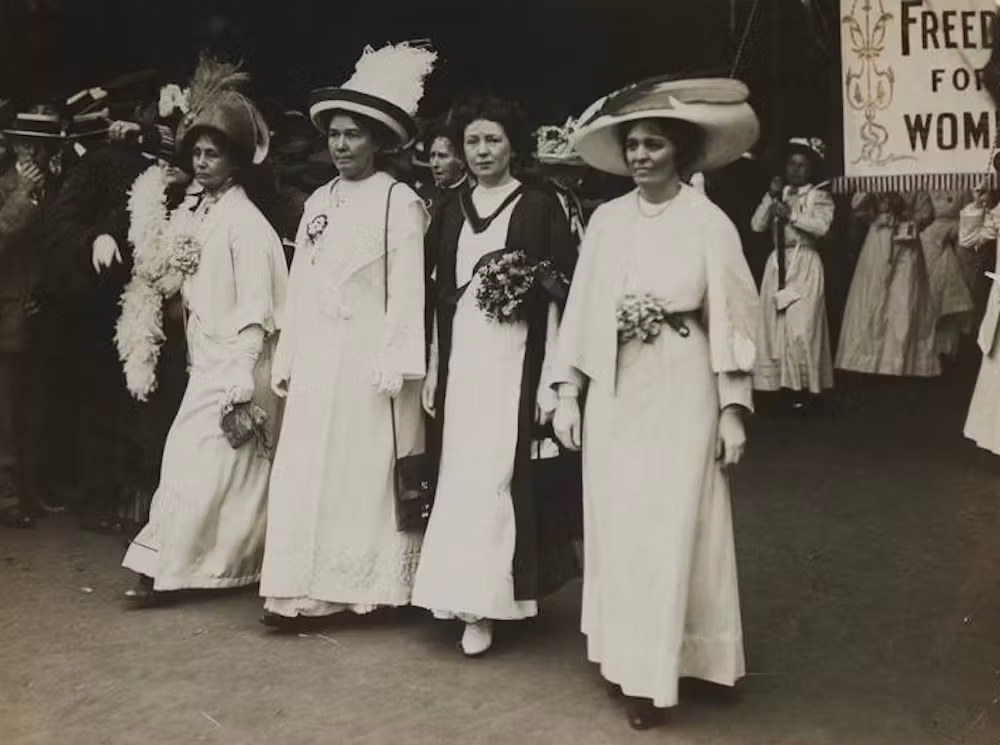HISTORY
For over 100 years, the League of Women Voters has played a powerful role in fighting for women’s voting rights and helping to shape our democracy. Erie County has one of the largest grassroot movements in the country, forming one of the nation’s first LWV chapters.
As described in a 1913 National Women’s Party newsletter:
PURPLE is the color of loyalty, constancy and purpose and unswerving steadfastness to a cause.
WHITE represents femininity and purity, counteracting the negative attacks that suffragists were portrayed as masculine and ugly.
GOLD, which replaced green from England’s suffrage movement in 1867, is the color of light and life and is the torch that guides our purpose. The switch from green to gold happened as Kansas was considering a passage of state suffrage referendum. Their state flower, the sunflower, was adopted as the flower of the suffrage movement. As a result, the gold inspired by the flower was added to the colors of the suffrage movement. Sunflower had also been a pen name of Elizabeth Cady Stanton as she authored newspaper articles.
scroll down to see our timeline
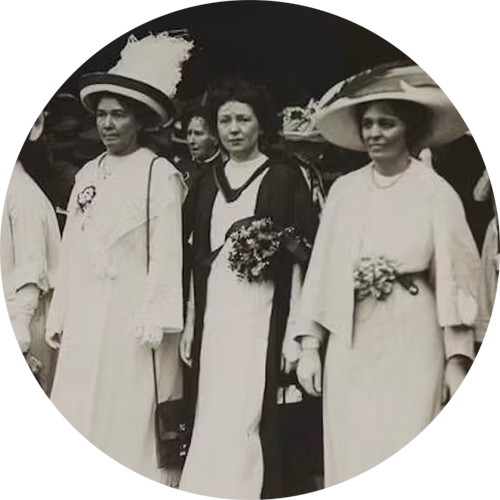
The First Suffrage March
The first suffrage march in Pennsylvania history took place in Erie. Organized by Augusta Fleming, the president of the NWPA Equal Franchise Association, the march began at Augusta’s home at 202 West 8th Street — the unofficial suffrage headquarters. Making their mark, hundreds of women donned the trademarked suffrage movement white clothing and flooded the streets, marching to State Street and on to Perry Square. Dozens of suffragists from Cleveland and Buffalo also joined them.
Following this successful march, the Equal Franchise Association held a banquet for 200 guests at the Lawrence Hotel, known today as the Avalon Hotel. The speakers included U.S. Rep. Charles Sutton of New York, the chairwoman of the Woman Suffrage Party, and other nationally known suffrage leaders, including several men who believed in the movement.
With Erie County’s suffrage movement quickly catching fire, tickets were in such high demand that another 200 people had to be put on a waiting list — showcasing Erieites’ resilience and desire for change.
“All that you enjoy of rights to your earnings, to your property, to your children and to your very selves, the women of yesterday gained for you. All women should feel a duty to pass on to their daughters the rich heritage of political freedom.”
— Augusta Fleming
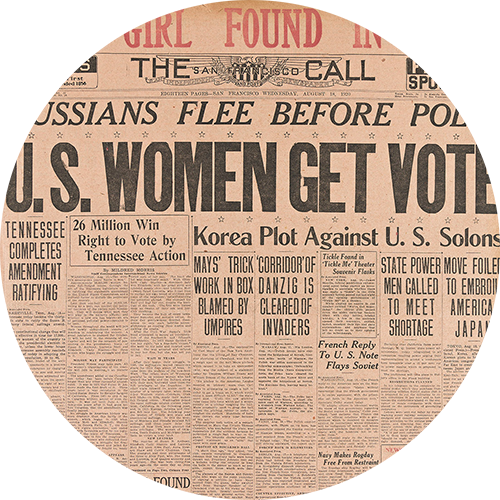
The 19th Amendment
After years of blistering marches, tenacious picketing, persistent lobbying, and what felt like nonstop struggles, victory was finally achieved when Congress passed the 19th amendment granting women the right to vote.
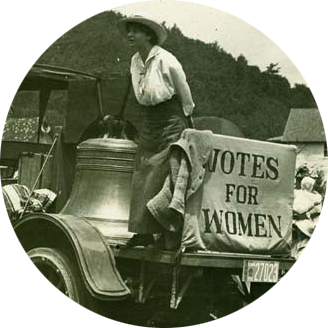
PA the 7th State to Ratify
With Pennsylvania state legislators preparing to ratify the 19th amendment, Erie County women made the journey to Harrisburg to witness the historic vote. Pennsylvania became the 7th state to ratify, and the nation moved one state closer to nationwide victory.

The Zonta Club of Erie
Following the passing of the women’s right to vote, a group of prominent Erie County suffragists met to discuss their next plans. While the original goal of voting rights had been achieved, the real work of educating new voters and encouraging voter participation had just begun.
While the suffragist movement was being nationally talked about, these women knew it was not the time to back down — the fight had just started. To continue building on this progress, the women agreed that a nonpartisan organization was necessary to accomplish their goals. With that in mind, they founded an Erie chapter of the newly organized Zonta Club to empower and advocate for women. The local group was one of nine clubs to form the national Confederation of Zonta Clubs.
The Zonta Club of Erie and Zonta International remain active organizations still tirelessly working for the rights of women today.
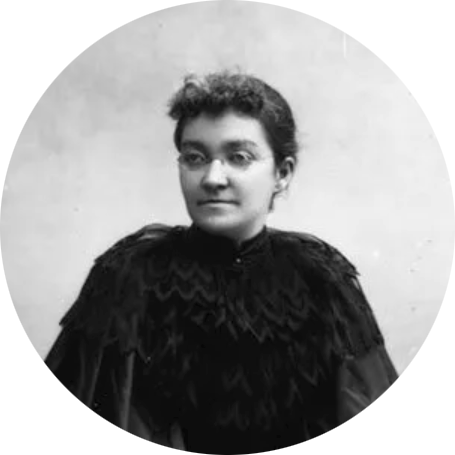
The Oldest League in The Country
By the beginning of 1920, following the founding of the Zonta Club, the League of Women Voters of Erie County was born. Augusta Fleming was named the first president of the organization, with Jane Pressley as vice president. It is the oldest League in the country.
Not losing any steam, the women went straight to work and established two main goals of the organization:
- Continue voter education
- Promote responsible participation in government
Both of these goals were necessary components for a successful, all-inclusive democracy.
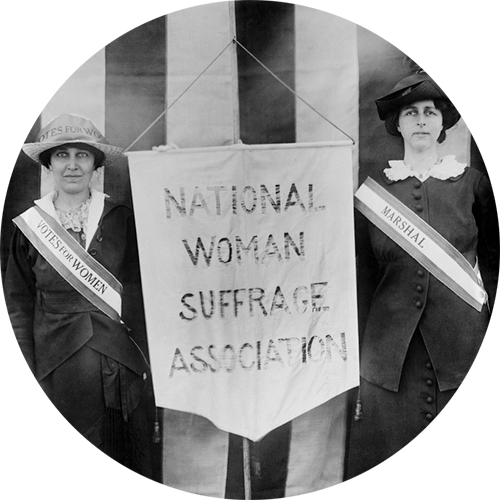
Helping 20 Million Women
Six months before the 19th amendment was ratified, the League of Women Voters of the U.S. was officially founded in Chicago. Formed by the suffragists of the National American Woman Suffrage Association, the League began as a “mighty political experiment” designed to help 20 million women carry out their new responsibilities as voters — what the Erie County League was already implementing for local voters.
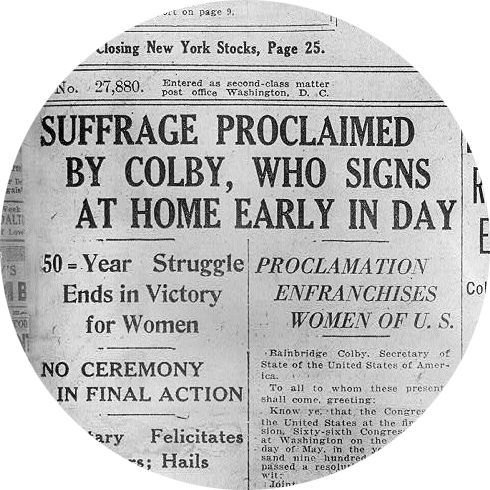
Finally Become Law
After it passed in the House and Senate, the final hurdle for the 19th Amendment was ratification by the states. As anti-suffrage groups still fought to oppose ratification, suffrage leaders mobilized to continue their pressure campaign in the states. Finally, the Amendment was ratified in Tennessee and officially became law on August 26th.
“Women have suffered agony of soul which you can never comprehend, that you and your daughters might inherit political freedom. That vote has been costly. Prize it! The vote is power, a weapon of offense and defense… Understand what it means and what it can do for your country. Use it intelligently, conscientiously…”
Carrie Chapman Catt
Suffragist and Founder of the League of Women Voters in 1920

First Woman County Commissioner
Helen Schluraff, another ardent suffragist who later was elected Pennsylvania’s first woman county commissioner, became the second president of the LWV of Erie County. Much of these early years was filled with educational work and combating dangerous anti-suffragist disinformation that tried to stop women from voting.
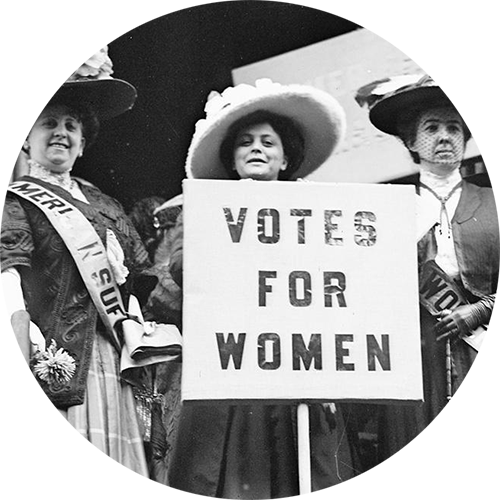
"Get-Out-The-Vote" Campaign
Jane Pressley served as the League’s third president. During her tenure, one of the most effective and still widely used voting campaign was rolled out. The ‘Get-Out-The-Vote’ campaign took over the state with rallies being held in every corner of our Commonwealth. The League of Women Voters of Erie County was taking the state by storm and gaining huge recognition.
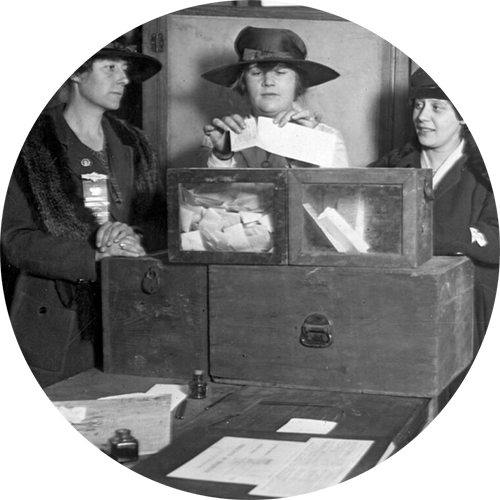
Voting Machines Replacing Ballot Boxes
The next important campaign of the Erie County League was the introduction of voting machines — a hotly debated topic. According to “Erie History — the Women’s Story” by Sabina Freeman and Margaret Tenpas, Suffragists Mabel Woodward Wright and Jane Weir Pressly were instrumental in getting ballot boxes replaced with voting machines.
After endless meetings and discussions, voting machines were finally purchased and used for the first time in the primaries in 1932 — a huge win for the League.
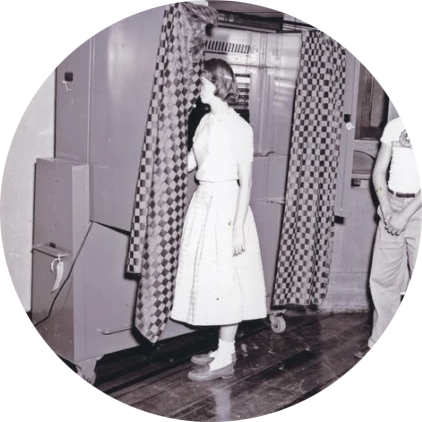
Wide Range of Issues
The League of Women Voters of Erie County continued to be a force to reckon, not shying away from any challenge. Throughout these years, the League focused on a wide range of issues including the centralization of tax collections, helping Erie County taxpayers save about $48,000 annually, establishing a uniform system of parole and improving conditions at detention homes, helping with food regulation laws, tackling rodent control, hosting forums for high school students to voice their concerns on the atomic crisis, and tackling the pressing problem of smoke control.
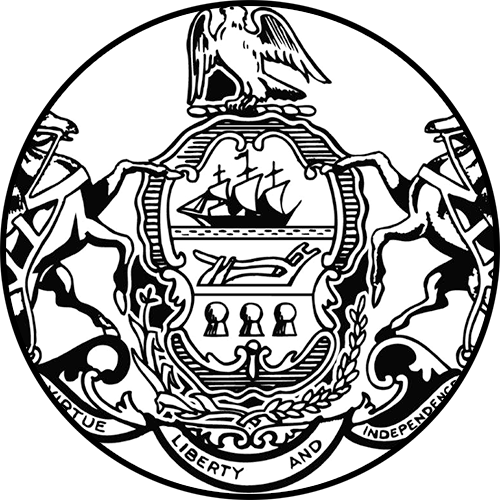
Establishing Erie County Health Dept.
Having studied a survey made by the American Association of Public Health in 1949, public health become a top issue for the LWV of Erie County. Working together with the Erie County Medical Society, the County Health Council, and the other groups, the League was instrumental in helping to establish the Erie County Health Department — which at the time was the third health department in the state.

Shifting to Environmental Issues
During the 1960s, all the League’s energy shifted to environmental issues, which was under scrutiny. The LWV of Erie County became involved with the Lake Erie Basin Committee, an Inter-League organization concerned with the pollution in the Great Lakes. Water pollution remained a top local issue for the League, which led to the active participation in a county-wide, in-depth study in a projected called, ‘Erieland-2000’ — a pilot project involving federal, state, and local experts in the environmental health. The study would be continue to be a main focus surveying the environmental health of Erie County throughout the 60s and 70s.
Election Sytems Study
The LWV of Erie County was asked by the national League of Women Voters to participate in an Election Systems Study.
Zoning on the Agenda
Zoning became a big local agenda item. In addition, two LWV of Erie County members filed petitions to be on the Home Rule Study Commission ballot, and one was chosen to fill the first vacancy on the commission.
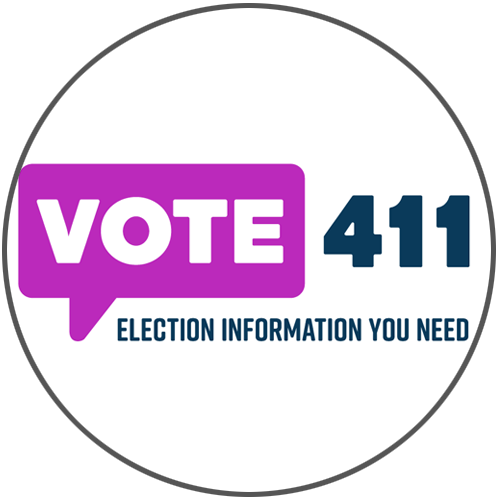
VOTE 411
In 2006, the League launched the next generation of online voter education with VOTE411.org, a “one-stop-shop” for election-related information. Today, VOTE411 provides both general and state-specific nonpartisan resources to the voting public, including a nationwide polling place locator, a ballot look-up tool, candidate positions on issues, and more.

100 YEARS
2020 marks 100 years that the League of Women Voters has empowered voters and defended democracy. Over the last century, we’ve fought for election protection, democratic reforms, and equal access to the ballot — all while maintaining our commitment to nonpartisanship and fostering an informed electorate.
As we look into our next hundred years, we aim to build power for the next generation of women leaders and voting rights activists — Join us!
SOURCES


